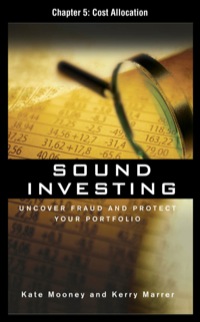Required information (The following information applies to the questions displayed below.) Laker Company reported the following January purchases and sales data for its only product. Date Activities Units Acquired at Cost Units sold at Retail Jan. 1 Beginning inventory 175 units@ $10.80 = $1,750 Jan. 18 Sales 135 units @ $19.ee Jan. 20 Purchase 130 units@ $ 9.00 - 1,170 Jan. 25 Sales 140 units @ $19.00 Jan. 30 Purchase 250 unitse $ 8.50 2,125 Totals 555 units $5,045 275 units The Company uses a perpetual inventory system. For specific identification, ending inventory consists of 280 units, where 250 are from the January 30 purchase, 5 are from the January 20 purchase, and 25 are from beginning inventory. Required: 1. Complete the table to determine the cost assigned to ending inventory and cost of goods sold using specific identification 2. Determine the cost assigned to ending inventory and to cost of goods sold using weighted average. 3. Determine the cost assigned to ending inventory and to cost of goods sold using FIFO 4. Determine the cost assigned to ending inventory and to cost of goods sold using LIFO. Required: 1. Coriplete the table to determine the cost assigned to ending Inventory and cost of goods sold using specific identification 2. Determine the cost assigned to ending Inventory and to cost of goods sold using weighted average. 3. Determine the cost assigned to ending inventory and to cost of goods sold using FIFO. 4. Determine the cost ossigned to ending inventory and to cost of goods sold using LIFO. Complete this question by entering your answers in the tabs below. Required 1 Required 2 Required 3 Required 4 Complete the table to determine the cost assigned to ending Inventory and cost of goods sold using specific Identification. (Round cost per unit to 2 decimal places.) Specific Identification Available for Sale Cost of Goods Sold Ending Inventory Ending Ending Cost Per Inventory Unit Inventory Units Cost Purchase Date Units Activity Unit Cost Units Sold COGS Unit Cost 175 Jan. 1 Jan 20 Jan 30 Beginning inventory Purchase Purchase 130 250 555 Required 2 > Required 1 Required 2 Required 3 Required 4 Cost per Determine the cost assigned to ending Inventory and to cost of goods sold using weighted average. (Round cost per unit to 2 decimal places.) Weighted Average - Perpetual: Goods Purchased Cost of Goods Sold Inventory Balance of of Date Cost per Cost of Goods units Cost per units unit Inventory Sold of units unit sold Balance January 1 175 @ $ 10.00 - $ 1,750.00 January 10 January 20 unit Average cost January 25 January 30 Totals Complete this question by entering your answers in the tabs below. Required 1 Required 2 Required 3 Required 4 Determine the cost assigned to ending Inventory and to cost of goods sold using FIFO. (Round cost per unit to 2 decimal places.) Perpetual FIFO Goods Purchased # of Cost per units unit Cost of Goods Sold # of units Cost per Cost of Goods sold unit Sold Dato Inventory Balance Cost per #of units Inventory unit Balance 175 @ $ 10.00 $ 1.750,00 January 1 January 10 January 20 January 25 January 30 Totale cost of goods sold using LIFO. (Round cost per unit to 2 decimal places.) Perpetual LIFO: Goods Purchased # of Cost per units unit Date Cost of Goods Sold # of units Cost of Goods sold unit Sold Cost per Inventory Balance Cost per Inventory # of units unit Balance January 1 175 $ 10.00 - $ 1,750.00 January 10 January 20 January 25 January 30 Totals











